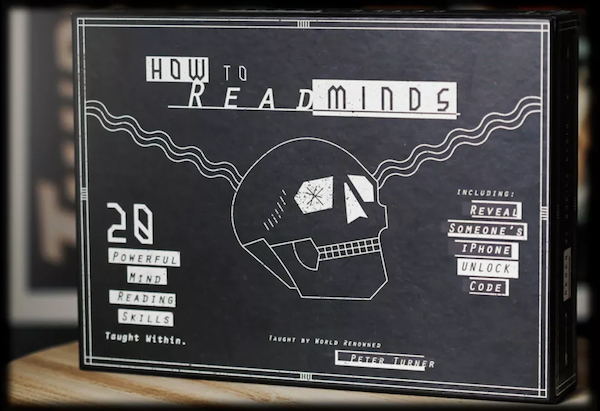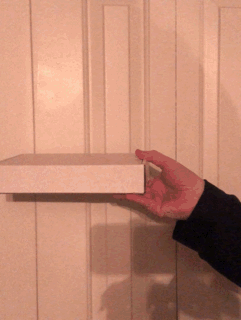The Bubble: Cliffs Notes
/Last week’s series of posts has generated a ton of interesting feedback. It’s a subject I will return to from time to time, so I want to have a short version I can reference, which is what this post will be.
The Bubble represents the range of a person’s ability to appreciate something done in its purest form, on the scale of their appreciation for all experiences.
Example: Let’s say I go to the ballet.
I don’t have a great appreciation for ballet in general. I’ve seen quite a bit of it, because I dated a ballet dancer for a while, but it’s not something I really connect with.
There are some ballets I’ve seen that I would rate a 5, and some that I would rate a 9. That’s rating ballets against other ballets. But if we put that scale—that bubble—within my list rankings of all experiences, then the rating for the “5-Ballet” might be a 5.2, and the rating for a “9-Ballet” might be a 5.8.
It might be easier to think of negative example.
Let’s say you’re getting a root-canal. You may have root canal that’s horrible. You rate it a 1 on a scale of root canals. Then you may have one that’s relatively pain-free. It’s a 10 on your root canal scale. But on your scale for all experiences the “bubble” for your root canal experience is going to be somewhere between zero and 1 (for most people, unless you have some weird dental fetish).
The things most magicians fixate on and spend time working on, are things that generally only affect people’s rating inside their bubble.
Better sleights, better gimmicks, better technique, more impossible tricks… these things will adjust people’s score within the bubble. But even a big change in their rating inside the bubble won’t have a drastic effect on their overall experience.
You’ve probably all encountered a situation like this:
You do your one in eight prediction and people really like it.
Well, if they like that, wait until they see my Rubik’s Prediction. A 1 in 43 quintillion miracle!
And while they may like it somewhat more, their reactions are not orders of magnitude greater than the 1 in 8 effect. That’s because greater impossibility doesn’t get you outside of their bubble for magic trick appreciation.
Patter and routining—as we traditionally define them—are not going to enhance a spectator’s experience too far outside the bubble.
Anything that feels like it’s part of a magic trick is going to fall within the magic trick bubble. Funny or interesting patter may make a trick better for the participant, but it doesn’t take the experience beyond a magic trick.
Here’s a typical stumbling block for people understanding what I’m trying to say.
A couple conversations I’ve had about this topic went something like this:
Me: For example, do you like ballet?
Them: Not really.
Me: Okay, so for you, your '“ballet bubble” might be between a 5 and a 6.5 when placed amongst the range of all experiences. So even the finest ballet in the world, which you recognize as being a 10-level, A+ ballet, would likely still only be a 6.5 relative to other experiences you could have.
Them: I don’t know about that. I can imagine a ballet that I would rate a lot higher than that.
Then I’ll ask them to describe such a show and they’ll go on to imagine some sort of fantastical ballet that is based on their favorite movie and the women are super sexy and are grinding on the guys like it’s a strip-club and there are pyrotechnics and there’s barbecue served during the performance. And they’ll paint this picture of a ballet that would be a 9 or 10 experience for them.
And I say to them, “Yes, you’re making my point. What pushed the experience outside of the bubble wasn’t the ballet dancers getting better or more intricate choreography, it was other elements that were added to the traditional ballet to make it feel like something very different for you.”
This is how we push magic past the spectator’s bubble as well. We add other elements to the performance that allow us to reach them in ways that go beyond what they associate with a traditional magic trick. These elements don’t have to be as blatant as barbecue and lap-dances. They can just be small changes that defy the audience’s expectation of the magic trick experience.










